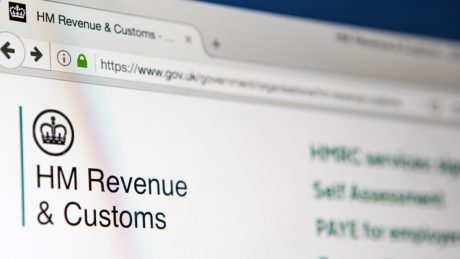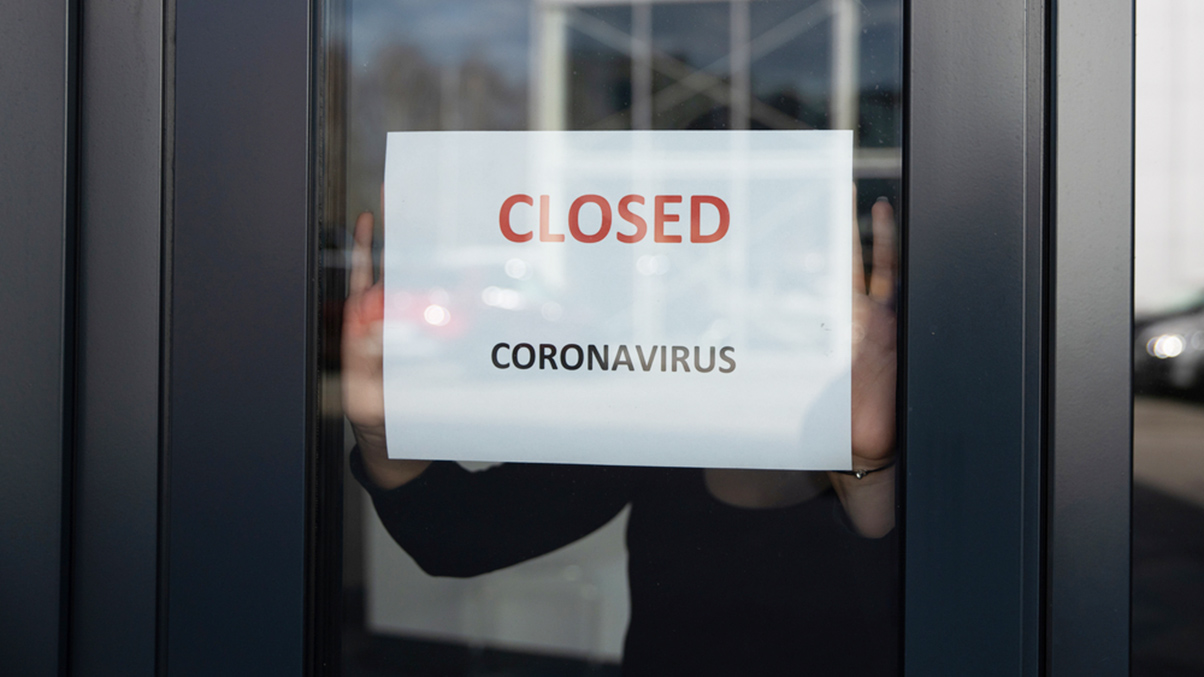How has HMRC managed its metamorphosis from benevolent supporter of businesses during the pandemic to hard-nosed tax collector? In an article first published by Accountancy Age, Tim Symes, Lisa Vanderheide and Eugene Pekos offer their analysis on the situation.
If any evidence of HMRC’s reprisal of its role as tax collector was needed, the number of winding up petitions it is currently issuing against companies compellingly provides it.
In April this year, HMRC was responsible for a fifth of all petitions issued, with the figure reaching nearly a third in the following month of May and a staggering 45% of all petitions issued in June.
This steady proliferation in its enforcement activity may, for some, bring back memories of HMRC’s historical enthusiasm for the use of winding up petitions to collect tax. This recent surge has not happened in a vacuum, however. Rather, key events are likely to be influencing this activity.
The removal of prohibitions on winding up petitions
HMRC, like other creditors, has been significantly curtailed by the UK government’s Covid-19-induced regime for protection against winding up petitions. This comprised a prohibition on issuing winding up petitions on the grounds that a debtor company was unable to pay its debts.
The only exceptions were where it could be proved that Covid-19 had not had a financial effect on the debtor company or that it would have been unable to pay its debts regardless . Both were often challenging to prove, so most creditors simply waited for the prohibition to lift.
The measures were first substantially relaxed from October 1, 2021. From that date, the main conditions for presenting winding up petitions for their purposes included:
- a minimum amount of £10,000 for a petitioned debt; and
- a requirement for 21 days prior notice to invite payment proposals.
HMRC didn’t take advantage of this first relaxation, as reflected by the number of petitions it issued between November 2021 and March 2022, which only stood at 8%. Instead, the spike in activity only became noticeable with the complete removal of the restrictions in April 2022.
Covid-19 assistance and public pressure
There’s no doubt that the circa £400bn spent on supporting people and businesses during the pandemic may have contributed to HMRC now feeling the need to clamp down on debtor companies. And the levels of fraud now emerging in relation to much of this will have ramped up the pressure even more.
HMRC announced in March 2021 the creation of a dedicated Taxpayer Protection Taskforce with a £100m budget to investigate suspected industrial-scale fraud estimated at £6bn.
HMRC’s initial appetite to pursue over-claimed support payments was limited. They seemed content to write off up to £4bn and were preparing to cease their investigation work in April 2023.
But following widespread criticism, HMRC has backtracked. At present it is pursuing the most egregious cases including those involving fraud, but HMRC’s focus is likely to then shift to those cases where errors were made and not corrected.
Another aggravating factor for HMRC is its VAT deferral scheme, a business rates relief scheme for the retail, hospitality and leisure sectors.
The UK government has been praised by many for its rapid response during the pandemic, but by deferring VAT, HMRC may have compounded the indebtedness of the very companies it is now winding up.
Return of crown preference
What’s more, the return of crown preference as a potential driver of HMRC’s current tax collection behaviour should not be underestimated.
Before the Finance Act of 2020, HMRC was treated the same as unsecured creditors in a liquidation or administration- essentially at the bottom of the pile. HMRC would have to share in whatever the insolvent company had left alongside other unsecured creditors by reference to the value of its debt.
The Act gave HMRC secondary preferential status in respect of any unpaid VAT, PAYE and NIC debt in any liquidation or administration initiated after December 1, 2020. The tax authority’s claims in respect of these taxes now rank in priority to the claims of floating charge holders and unsecured creditors (though still behind those of fixed charge holders and ordinary preferential creditors).
So, critically, HMRC ranks above all unsecured creditors for those kinds of tax debts.
HMRC once enjoyed an even better preference position as against other creditors in respect of certain types of tax, ranking above floating charge holders and unsecured creditors in a liquidation or administration. The Enterprise Act of 2002 put an end to this.
Some thought that HMRC’s historical preferential status was driving an overly aggressive policy of winding up petitions in the knowledge that its position would be least affected, a position that ran contrary to the emerging rescue regime created by the Enterprise Act.
Many may wonder whether this partial but meaningful reinstatement of crown preference has taken the tax authority back to its old ways by driving behaviours that may again undermine insolvency rescue culture. Even if it is, the clear counterbalance is that what is recovered is being recovered for the public purse, which is less easy to criticise.





